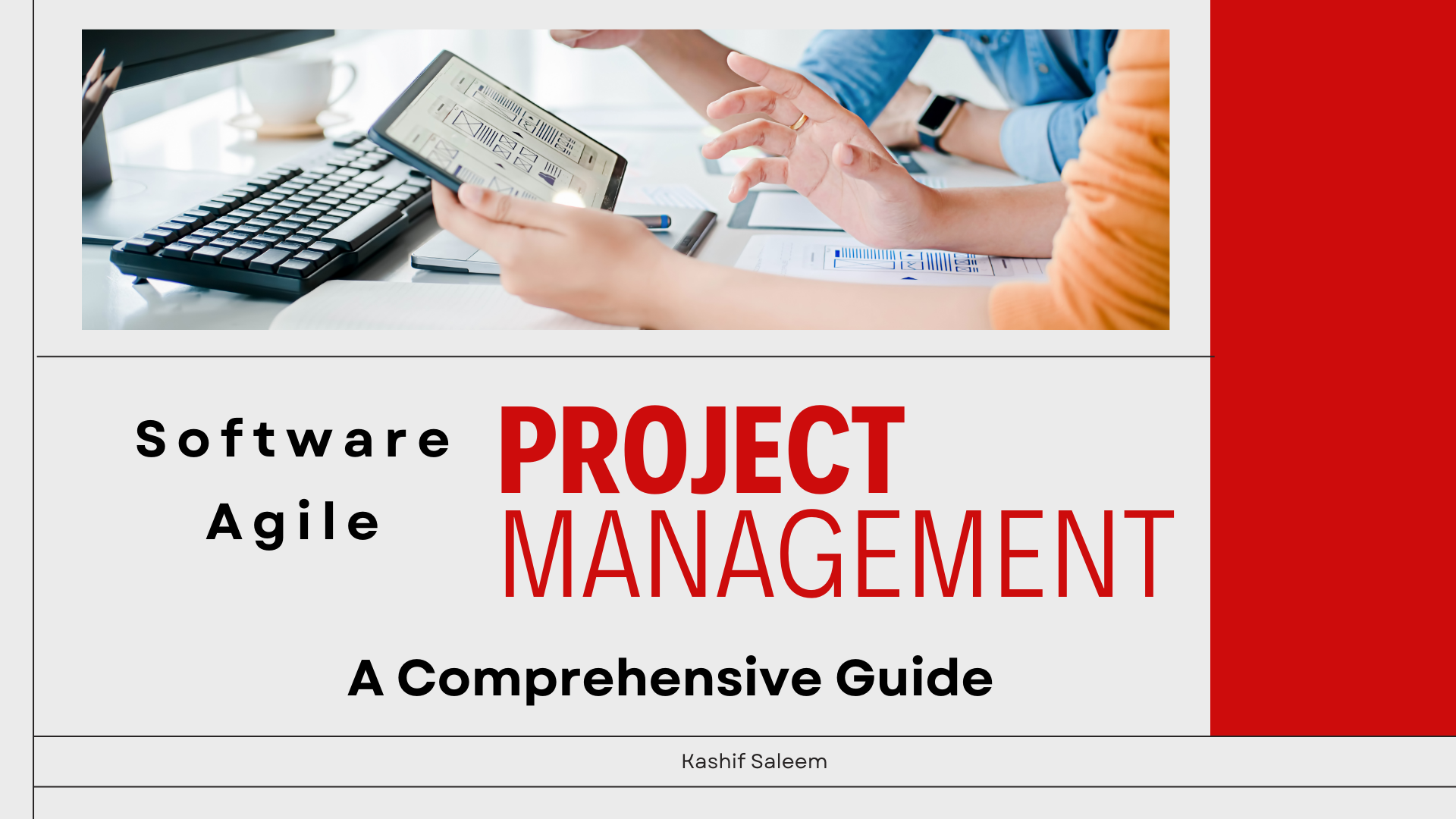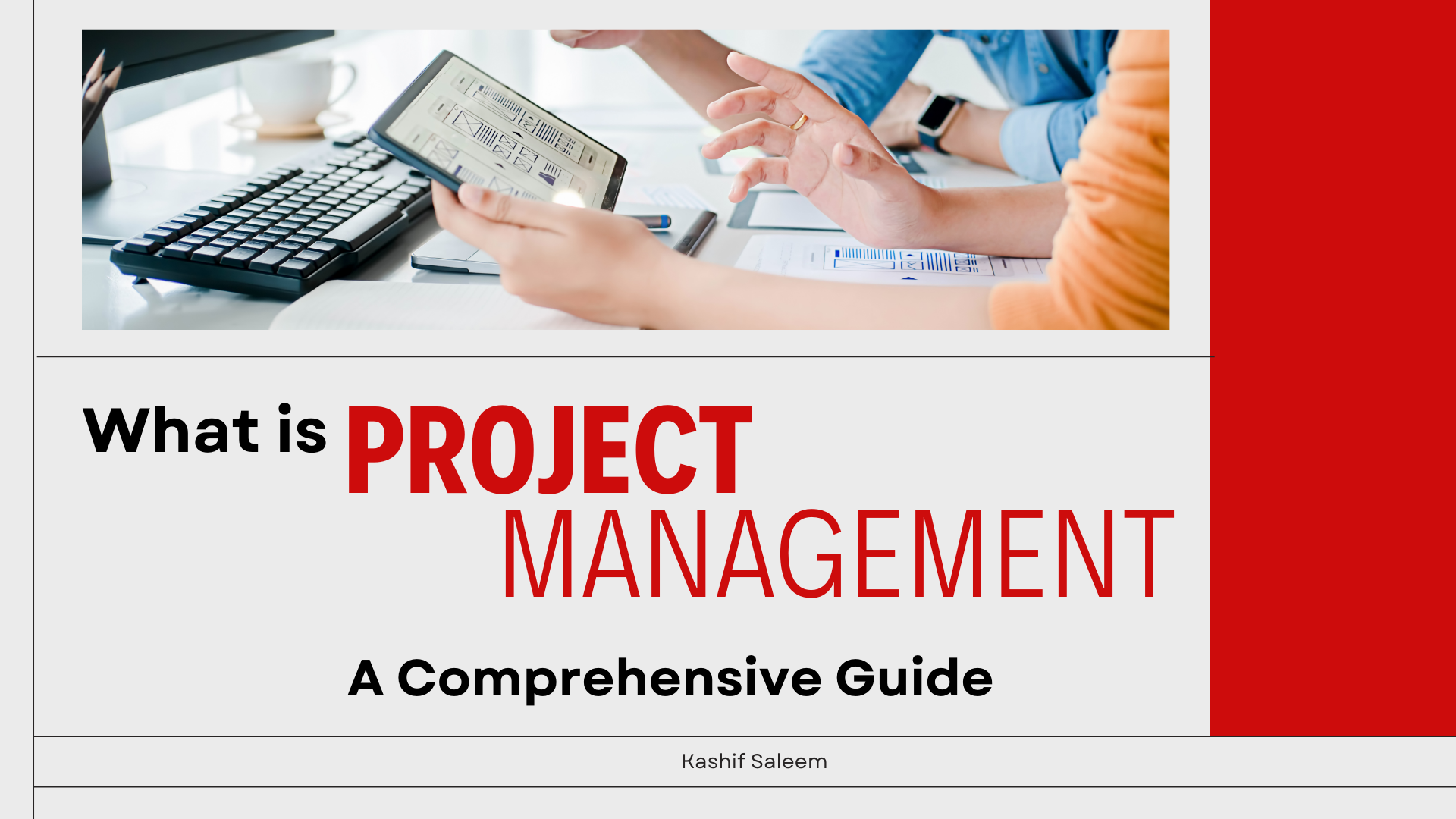In today’s fast-paced digital environment, managing software projects efficiently is no longer a luxury but a necessity. Traditional project management models often fall short in addressing the rapidly changing requirements and iterative nature of software development. Enter Agile Project Management—a revolutionary approach that emphasizes flexibility, collaboration, customer-centricity, and continuous improvement.
In this guide, we’ll explore what software Agile project management is, its core benefits, tools, and best practices to implement it successfully in your organization. Whether you’re a startup, a mid-sized enterprise, or a large corporation, adopting Agile can significantly improve your project outcomes.
What is Software Agile Project Management?
Software Agile project management is a methodology designed to accommodate the changing demands of software projects. It is based on the Agile Manifesto, which values individuals and interactions, working software, customer collaboration, and responsiveness to change over rigid processes and documentation.
Agile software development breaks projects into smaller, manageable units called “iterations” or “sprints”—typically lasting 1 to 4 weeks. At the end of each sprint, a potentially shippable product increment is delivered. This promotes continuous delivery and iterative improvements based on stakeholder feedback.
Why Agile for Software Project Management? Here are the top reasons why Agile is the go-to choice for managing software projects in 2025:
- Faster Time-to-Market: Agile allows for rapid development and frequent releases, ensuring that customers receive value sooner.
- Improved Product Quality: Continuous testing and integration help identify issues early in the development cycle.
- Customer Satisfaction: Agile’s focus on customer feedback means the final product aligns more closely with user needs.
- Greater Flexibility: Agile accommodates changes even late in the development process.
- Enhanced Team Collaboration: Daily stand-ups, sprint planning, and retrospectives foster open communication and teamwork.
Top Software Agile Project Management Tools Choosing the right tools can make or break your Agile adoption. Here are some of the best Agile project management software tools for 2025:
- Jira Software
- Supports Scrum, Kanban, and hybrid methodologies
- Excellent for sprint planning, backlog management, and tracking
- Offers deep integration with other Atlassian products
- Asana
- Great for Agile teams that value simplicity
- Scrum and Kanban board views
- Suitable for cross-functional team collaboration
- Trello
- Ideal for Kanban lovers
- Easy to use with intuitive drag-and-drop features
- Best for small teams and startups
- Smartsheet
- Excel-like interface with powerful Agile capabilities
- Useful for planning, budgeting, and reporting
- Supports Gantt charts and Agile dashboards
- ClickUp
- All-in-one solution with task management, time tracking, and documentation
- Agile templates available
- Real-time collaboration and automation features
- Wrike
- Enterprise-grade features
- Custom workflows, Agile boards, and real-time analytics
- Great for large and distributed teams
- VersionOne
- Purpose-built for Agile and scaled Agile frameworks
- Supports Scrum, Kanban, XP, and SAFe
- Extensive reporting and portfolio management features
Software Agile Project Management Best Practices To make the most of your Agile software project, consider the following best practices:
- Define Clear Roles and Responsibilities
- Product Owner, Scrum Master, and Development Team should have clearly defined roles.
- Maintain an Up-to-Date Product Backlog
- Regular backlog grooming ensures priorities are aligned with business goals.
- Daily Stand-Ups
- Foster team accountability and early identification of blockers.
- Sprint Reviews and Retrospectives
- Analyze what went well, what didn’t, and how to improve future sprints.
- Use Metrics Wisely
- Track burndown charts, velocity, and cycle time for continuous improvement.
- Automate Where Possible
- Use automation tools for testing, integration, and deployment to streamline processes.
Open Source and Free Agile Tools For teams on a tight budget, many open-source and free Agile tools can get the job done:
- Taiga: Supports Scrum and Kanban, perfect for small Agile teams.
- OpenProject: Offers task management, Gantt charts, and Agile boards.
- Targetprocess: Great for visualizing Agile work, especially in scaled environments.
Agile for Non-Software Projects Agile isn’t just for software. More and more industries—including marketing, education, and construction—are adopting Agile principles:
- Agile allows non-software teams to adapt quickly to change.
- It enhances collaboration and stakeholder engagement.
- It promotes frequent delivery and feedback, even outside traditional IT projects.
Future of Agile Project Management Software Looking ahead, here’s what to expect from the next generation of Agile tools:
- AI-Powered Insights: Predictive analytics for sprint planning and risk mitigation.
- Integrated Communication Tools: Chat, video calls, and project discussions all in one place.
- Emotional Intelligence Features: Mood tracking and burnout detection to enhance team health.
- Greater Customization: Agile tools will adapt more closely to unique workflows and industries.
Conclusion Software Agile project management is not just a trend—it’s a transformation. With the right tools and mindset, organizations can deliver better software faster, improve team morale, and exceed customer expectations. As the landscape evolves, so too will Agile methodologies and technologies. Staying ahead means embracing continuous learning, experimentation, and refinement.
Whether you’re just starting or refining your current Agile practices, now is the time to explore the best software tools, adopt proven strategies, and prepare your team for the future of work.
Start small. Think big. Go Agile.


